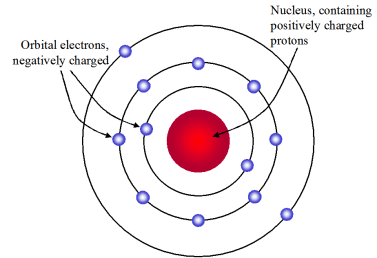


For example, when an electric discharge passes through a tube containing hydrogen gas at low pressure, the \ce, and compared it with the experimentally accepted value, he got excellent agreement. This sign show the elaborate artistic effects that can be achieved.Įach emission line consists of a single wavelength of light, which implies that the light emitted by a gas consists of a set of discrete energies. Each element displays its own characteristic set of lines, as do molecules, although their spectra are generally much more complicated.įigure 3.3.1 Neon signs operate by exciting a gas at low partial pressure using an electrical current. Fluorescent light bulbs and neon signs operate in this way ( Figure 3.3.1). Exciting a gas at low partial pressure using an electrical current, or heating it, will produce line spectra. In contrast to continuous spectra, light can also occur as discrete or line spectrahaving very narrow line widths interspersed throughout the spectral regions. These continuous spectra can often be approximated by blackbody radiation curves at some appropriate temperature. Incandescent (glowing) solids such as tungsten filaments in incandescent lights also give off light that contains all wavelengths of visible light. Sunlight also contains UV light (shorter wavelengths) and IR light (longer wavelengths) that can be detected using instruments but that are invisible to the human eye. You can see all the visible wavelengths of light present in sunlight by using a prism to separate them. Most of the light generated from stars (including our sun) is produced in this fashion.
BOHR ATOM MODEL SERIES
Photons produced in this manner have a range of energies, and thereby produce a continuous spectrum in which an unbroken series of wavelengths is present. When solids, liquids, or condensed gases are heated sufficiently, they radiate some of the excess energy as light. Use the Rydberg equation to calculate energies of light emitted or absorbed by hydrogen atomsĪnother paradox within the classical electromagnetic theory that scientists in the late nineteenth century struggled with concerned the light emitted from atoms and molecules.Describe the Bohr model of the hydrogen atom.


 0 kommentar(er)
0 kommentar(er)
